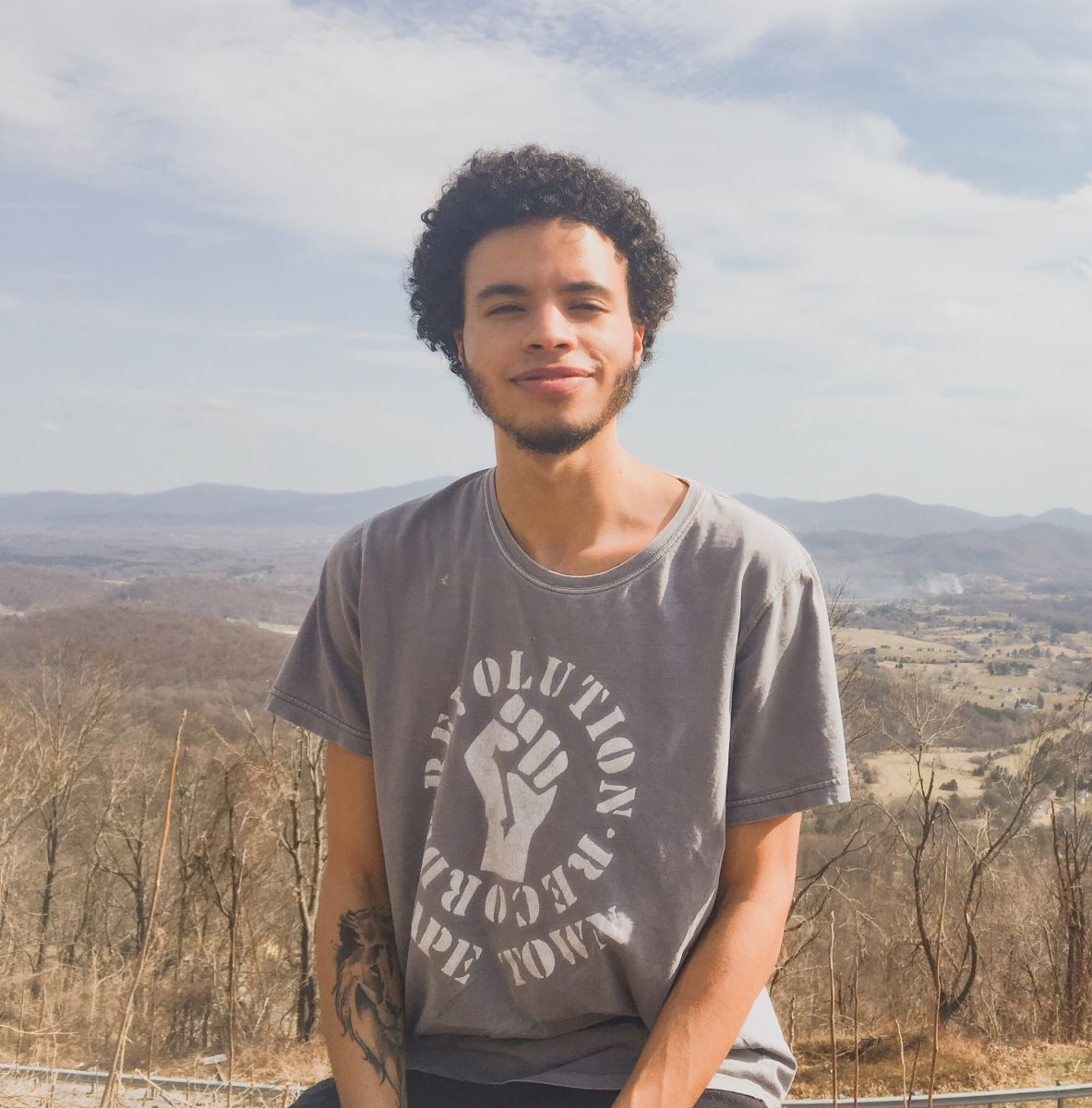by Preston Neukirch '18, W&M Libraries Mosaic Diversity Fellow
 This Black History Month, I had the opportunity to curate two exhibits showcasing selections of Black literary work from Swem’s collection. The first exhibit, titled Progressive Black Thought: 1900 - 2020, covered important figures in progressive or revolutionary Black movements from the early 20th century to present day. The second, Black American Artistic Tradition, featured literary works by and about Black American artists in the realms of dance, visual art, music, prose, and poetry. Black American Artistic Tradition was co-curated by the amazing Yitazba Largo-Anderson. Her work on the signage and overall display was invaluable.
This Black History Month, I had the opportunity to curate two exhibits showcasing selections of Black literary work from Swem’s collection. The first exhibit, titled Progressive Black Thought: 1900 - 2020, covered important figures in progressive or revolutionary Black movements from the early 20th century to present day. The second, Black American Artistic Tradition, featured literary works by and about Black American artists in the realms of dance, visual art, music, prose, and poetry. Black American Artistic Tradition was co-curated by the amazing Yitazba Largo-Anderson. Her work on the signage and overall display was invaluable.
Curating these exhibits was important to me for a few reasons:
Firstly, as an undergraduate at William and Mary, I remember being unaware that Swem had such a wide collection of work by and about Black people. If there was an exhibit on this collection, I cannot recall ever seeing it. Through my displays, I sought to help my Black brothers and sisters become conscious of the information we have readily available to us.

Secondly, at William and Mary, and really at most institutions for higher education, there is a severe, and in my eyes purposeful, lack of Black knowledge being disseminated to students in their everyday curriculum. Unless we take an Africana Studies course or a very specialized course in another field of the social sciences, we are unlikely to encounter the ideas of W.E.B. Du Bois, Frantz Fanon, Angela Davis, Amiri Baraka, Assata Shakur, Jayne Cortez, bell hooks — the list goes on and on and on. Or worse, depending on the instructor, these ideas are seen and analyzed through a white, western lens, corrupting the knowledge to some degree. The American educational system is built to keep us in the dark about our Blackness and our history, and that certainly does not change in college. Therefore, it is incredibly important for Black students to self-educate and learn about our people through the work of our greatest authors, poets, philosophers, painters, etc. — and in so doing, learn about themselves. I wanted my exhibit to help students in this endeavor.
Finally, I curated these exhibits simply to let Black folks on campus know they are seen, they are valued, and the library is here for them too. As the campus epicenter of information, Swem has the potential to be an extremely useful tool for Black students seeking Black knowledge from Black sources. Progressive Black Thought and Black American Artistic Tradition are two steps in that direction.